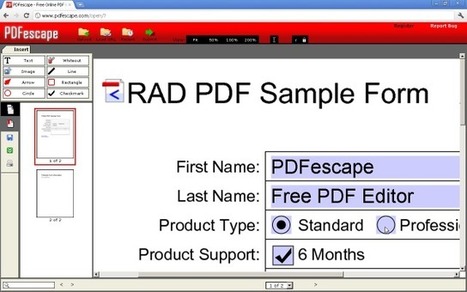
El Libro De La Salsa Pdf Editor

Earlier this month I read which talks about the experience Hispanic kids face growing up bilingual in the United States. In the comments to the review, my goodreads friend Beth let me know that the editor had written a follow up entitled, which left me intrigued to read it. As the Hispanic population in the United States increases Earlier this month I read which talks about the experience Hispanic kids face growing up bilingual in the United States. In the comments to the review, my goodreads friend Beth let me know that the editor had written a follow up entitled, which left me intrigued to read it.
A Note on Chord Progressions and Traditional Salsa Piano Playing. Available at: ryanmead.com/Thesis.pdf www.timba.com. Kevin Moore (kevin@timba.com) is the co-founder and music editor for the world's largest Cuban.
As the Hispanic population in the United States increases and makes it presence felt in all facets of society, Carlson desired to pay homage to a new generation of Latinos who are helping to transform what it means to be a proud American. As in, Carlson includes the Spanish and English version of all the poems in this anthology. In the first book, I read the Spanish and English side by side to get a feel for how the words flowed from the pages. In Red Hot Salsa, I decided to either read the English first or just one language because I reasoned that as Hispanic culture is becoming more mainstream, more authors are choosing to use English as their first language.
These newer generations are no longer writing of the immigrant experience, but of life as Americans, and many boast English as their first or dominant language, some children only speaking Spanish to their parents at home. Award winning author Oscar Hijuelos writes of this dichotomy in his introduction when he notes of a time that he went to the hospital for a minor surgery. He left home speaking only Spanish and returned speaking English, much to the chagrin of his immigrant parents. Thus, I decided to mainly read this collection in English, choosing only to view the Spanish as a reference point.
Carlson has chosen to include the work of many of the same writers as in her first collection. Here can be found the work of Gina Valdes, Luis J. Rodriguez, and Gary Soto. Yet, Carlson also has included poetry written by a number of New York City public school children in this volume.
In 'Invisible Boundaries,' Ivette Alvarez writes, 'I'm surrounded by a society that expects nothing of me other than to become a regular, tired housewife.I want to become someone important. I must overcome the invisible boundaries.' Likewise, in 'Life in the Barrio', Kizzilie Bonilla describes the dangers of growing up in el barrio and how she would one day like to make something more of herself and get out. Adobe photoshop cs4 arabic language pack download.
Both students would like to achieve much in life and dream big, yet even after many generations as Americans, face the prejudice of being Hispanic. This, Carlson notes, Hispanics are still fighting to overcome even after being known as Americans, and the new generation of poets she selected attempt to break down these barriers and enter mainstream society.
In the last section of the collection entitled Victory, writers speak of overcoming prejudices that still exist. Rodriguez in 'Piece by Piece' speaks of a time when people will no longer be judged by their skin color. He says, 'Here you have a way. Here you can sing victory. Here you are not a conquered race, perpetual victim, the sullen face in a thunderstorm.'
Likewise, in 'Ode to the Tortilla,' Valdes pays homage to both Aztec culture and following in the direction of her dreams. She notes, 'if we become what we most desire, next life I may be born a tortilla, to bless with my smoky scent, someone who loves me; daily I say, pass me a tortilla, edible son, nutritious moon, earthly host.I want to celebrate my body of corn, this gold light that encircles my spirit.' In each instance, these writers desire to end the prejudices facing them and to be viewed as Americans, where all cultures are celebrated, and where anyone can achieve dreams if given the chance. I did not find to be as innovative as because most of the authors and editor were the same as in the first collection.

Yet, shows how Hispanic culture has advanced to the point as being on the cusp of mainstream. No longer are Hispanics only writing or speaking Spanish, and as a plurality culture, they are helping define what it is to be an American. My favorite poem in this entire collection was one line, saying 'Taco Bell is not Mexican food.' Putting a smile on my face, this line sums up how Hispanics have been working toward being known as Americans, who may choose to speak English or Spanish and still maintain their culture while living the American dream. I still enjoyed and hope to read full length books by some of the authors included in this anthology. It has been ten years since the publication of this anthology, and I hope Carlson considers another volume showing how far Hispanics have come in this time. This book contains a lovely collection of bilingual poems as the subtitle states 'on being young and Latino in the United States.'